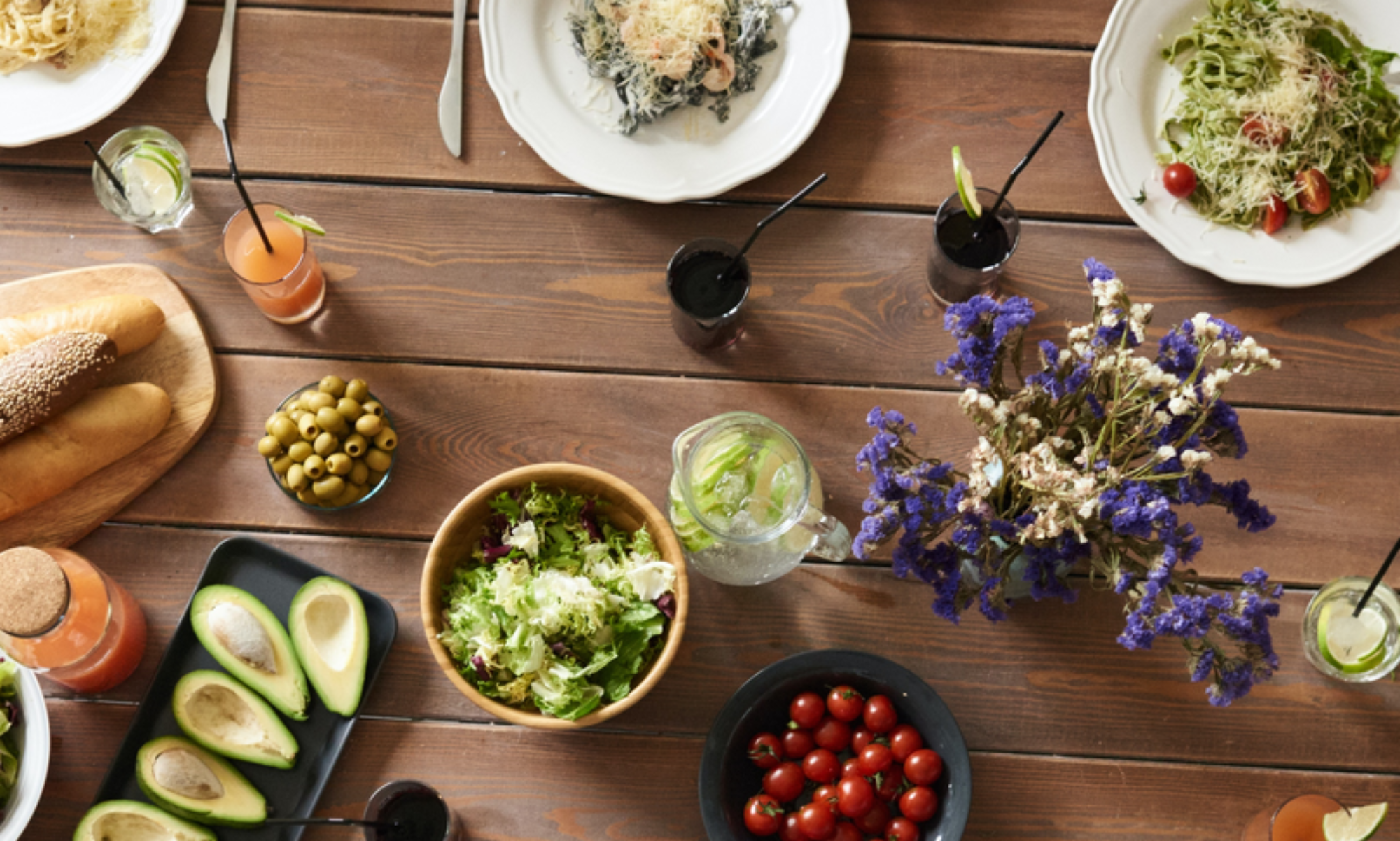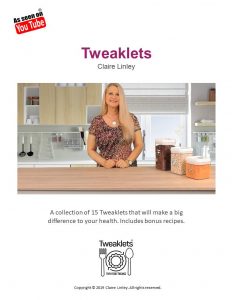Which is your favourite berry?
All berries are a good low-sugar, low calorie option when it comes to a fruit snack. One perhaps gets rather overlooked and that’s the blueberry……..
This tiny dusky purple skinned beauty is, in fact, the most nutritious …..most anti-oxidant rich fruit in the world!
It does many good things from enhancing brain health to keeping your heart strong.
Blueberries are actually another heroic, cape wearing SUPER FOOD! Yep, here’s another superfood alert!
So the antioxidant properties of blueberries mean that they precent cell damage and they also protect against several types of chronic disease, including cancer, heart disease, and diabetes. That’s to do with having the highest levels of antioxidants but also the profile of them, which includes phenols, flavonoids and anthocyanins.
Studies have shown that blueberry extract was able to inhibit the growth and spread of stomach, prostate, intestine and breast cancer cells and
Blueberries provide a whopping 3.6 grams of fibre per cupful, which gives you up to 14 percent of your daily fibre needs and this means it’s great for slow digestion and therefore blueberries are great for helping with weight loss and digestion.
One of the most impressive health benefits of blueberries is its ability to enhance brain health. There have been many studies suggesting that eating blueberries could improve memory and cognition.
So blueberries – delicious, nutritious, fibre rich and low in sugar – you are my first choice for a breakfast smoothie or an afternoon snack.
What a wonderful superfood you are!


